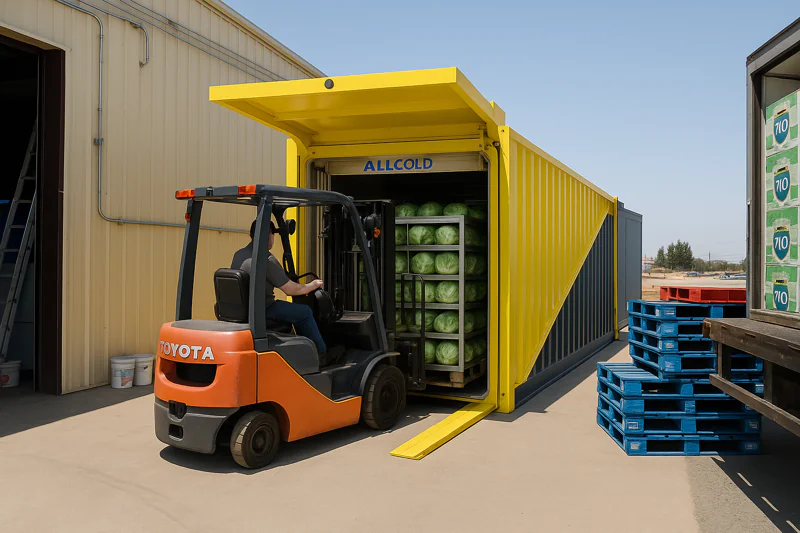
How Can Vacuum Cooling Add Days of Shelf Life to Your Crops?
Field heat is the silent enemy of every farmer. From the moment you harvest your beautiful crops, this trapped heat works to wilt, spoil, and destroy their value before they can even reach the customer.
Vacuum cooling is the fastest way to remove field heat from harvested produce, dropping its core temperature in minutes instead of hours. This process dramatically slows decay, locks in freshness, and can add several days of valuable shelf life to your crops.
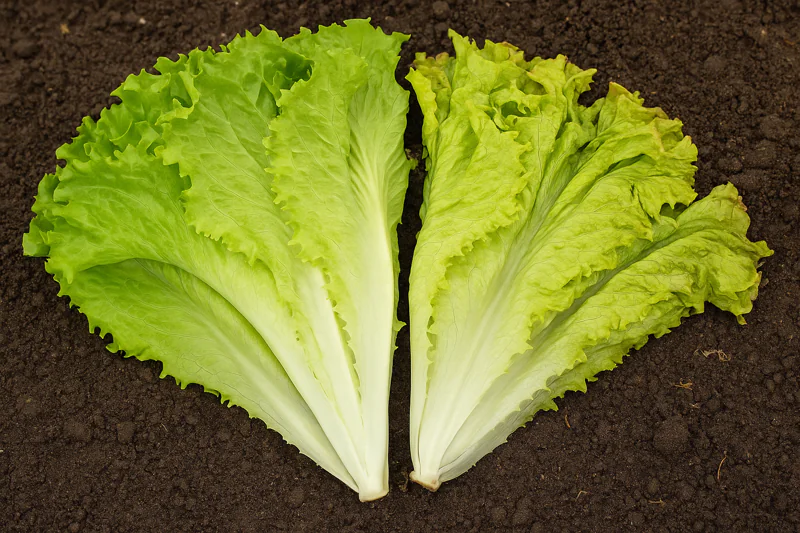
My work has taken me to farms and packing centers all over the world. I see growers like Carlos invest so much into producing a perfect crop, only to lose a huge percentage of their profit in the critical hours after harvest. The problem is almost always the same: slow and inefficient cooling. Let’s look at exactly how we solve this for some of the most challenging and high-value crops.
What Makes Leafy Greens So Perfect for Vacuum Cooling?
You’ve just harvested a field of perfect, crisp lettuce. But you know that within hours, it will start to wilt and lose its value. The large, delicate leaves that make it so desirable also make it extremely perishable.
Leafy greens are ideal for vacuum cooling because their high surface-area-to-mass ratio allows for incredibly rapid water evaporation. This process pulls heat out uniformly, chilling the entire product in 15-25 minutes and locking in its post-harvest crispness.
The Science of Freshness
Leafy greens like lettuce, spinach, and many Asian greens have two key characteristics: they are mostly water, and they have a massive surface area. After harvest, a process called respiration continues. The plant tissue is still alive, consuming oxygen and its own stored sugars, releasing heat in the process. This self-generated heat, combined with the field heat from the sun, causes the delicate leaves to lose moisture, wilt, and decay very quickly.
A farmer like Carlos, who supplies large supermarket chains, cannot afford to deliver anything less than perfectly crisp lettuce. Traditional cold rooms are too slow. They cool the outer boxes first, while the produce in the center of the pallet can stay warm for 12-24 hours, continuing to respire and degrade. Vacuum cooling1 attacks the heat everywhere at once. The vacuum causes a tiny amount of water to evaporate from the surface of every single leaf, instantly removing the heat from the entire pallet. The respiration process is stopped cold. This means less weight loss, no wilting, and a shelf life that can be extended by 4 to 7 days. For a professional buyer like Norman, this reliability is priceless. It means fewer rejected loads and a more stable supply chain.
| Cooling Method | Cooling Time (Pallet of Lettuce) | Quality Impact | Shelf Life Extension |
|---|---|---|---|
| Cold Room | 12 – 24 hours | Uneven cooling, wilting, moisture loss | Minimal |
| Forced-Air Cooling | 6 – 10 hours | Better than cold room, but still slow | 1-2 Days |
| ALLCOLD Vacuum Cooling | 15 – 25 minutes | Uniform cooling, locks in crispness | 4-7 Days |
Why Do Mushrooms Spoil So Fast and How Can You Stop It?
You harvest a batch of beautiful, white button mushrooms. By the next day, they are already starting to turn brown and soft. This incredibly short shelf life creates immense pressure on your sales and logistics.
Mushrooms spoil quickly due to an extremely high respiration rate that generates heat and causes discoloration. Vacuum cooling stops this metabolic process almost instantly, preserving the mushroom’s white color, firm texture, and extending marketability by several days.
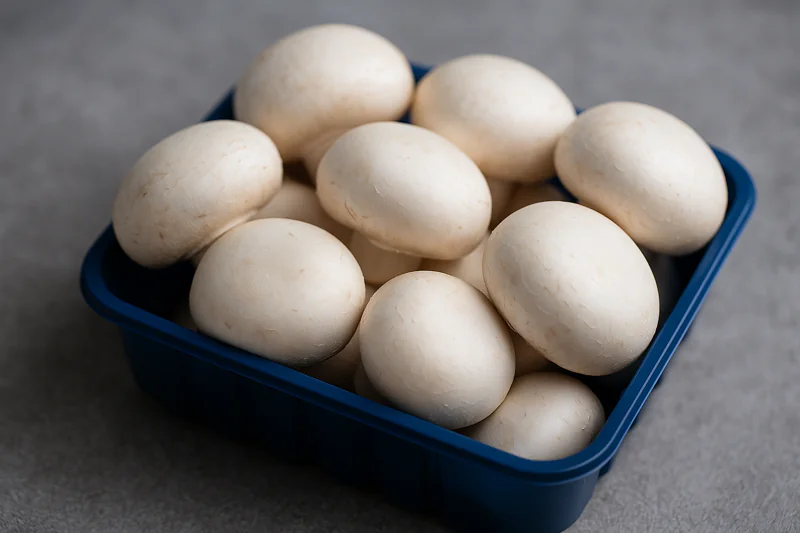
Halting the Browning Process
Mushrooms are one of the most challenging crops to handle post-harvest. They are not plants but fungi, and they have an astonishingly high metabolic rate. After being picked, they continue to "breathe" very rapidly, consuming sugars and producing a significant amount of heat. This process not only causes them to soften and lose water weight, but it also activates enzymes (like tyrosinase) that lead to rapid browning. In effect, the mushrooms are cooking themselves from the inside out.
For a high-volume operation, placing mushrooms in a standard cold room is a losing battle. The cold air simply cannot remove the self-generated heat faster than the mushrooms produce it. The result is slimy, brown mushrooms that have to be sold at a discount or thrown away. Vacuum cooling2 is the perfect solution. In a 15-minute cycle, it removes both the field heat and the ongoing respiratory heat. By bringing the core temperature down to 2-3°C so quickly, it puts the mushrooms into a state of metabolic hibernation. The browning process3 is halted, the texture remains firm, and the shelf life is dramatically extended. This means you can ship your high-value product to more distant markets and give retailers a longer window to sell it, maximizing your profits.
| Feature | Standard Cold Storage | ALLCOLD Vacuum Cooling |
|---|---|---|
| Respiration Rate | Continues for hours, causing browning | Halted almost instantly |
| Cooling Time | 6 – 12 hours | 15 – 20 minutes |
| Color Preservation | Poor (Browning is common) | Excellent (Stays white and bright) |
| Sellable Shelf Life | 2 – 3 days | 5 – 7 days |
Is It Possible to Vacuum Cool Dense Vegetables Like Broccoli?
You grow dense, heavy crops like broccoli and cauliflower. You know that field heat is trapped deep inside the core, but you worry that vacuum cooling is only for leafy vegetables. The heat in the core leads to yellowing and spoilage.
Yes, you can vacuum cool dense products like broccoli by using a process called hydro-vacuum cooling. A fine mist of water added during the cycle creates the surface moisture needed for efficient evaporation, pulling heat from the deep core.
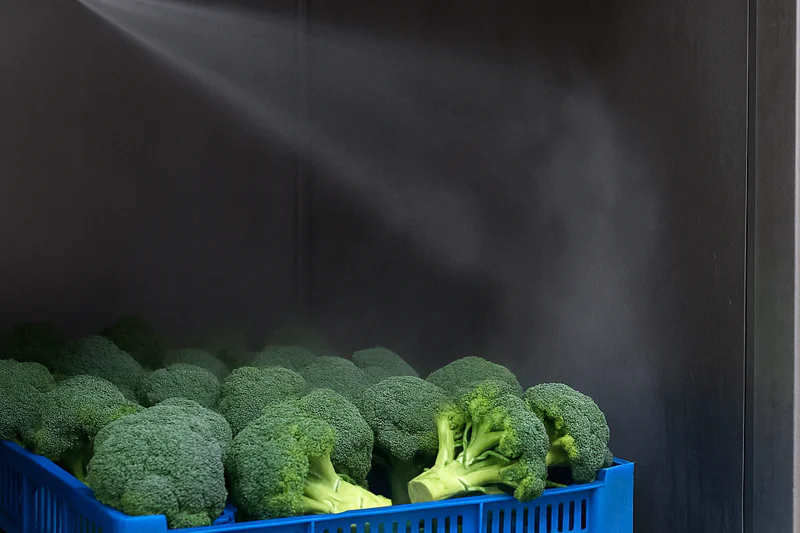
Pulling Heat from the Core
The skepticism is understandable. A head of broccoli does not have the same massive surface area as a head of lettuce. It’s dense. Standard vacuum cooling would be less effective because there isn’t enough natural surface moisture to evaporate to pull out all that trapped core heat. This is where we innovate. Our specialized systems for crops like broccoli use a "hydro" function. Just before or during the vacuum cycle, the machine sprays a fine, cool mist of water over the product.
This small amount of added water doesn’t drench the product. Instead, it provides the extra fuel needed for evaporation. As the vacuum is pulled, this surface water evaporates rapidly, creating a powerful cooling effect that penetrates deep into the dense core of the broccoli or cauliflower. It pulls the field heat out in just 20-30 minutes, a task that would take a standard cold room over a day to accomplish. For a large grower like Carlos, this is a game-changer. It means he can prevent the florets from yellowing—a primary cause for rejection by supermarkets. By shipping broccoli that is truly cold to the core, he ensures it arrives at its destination looking vibrant, green, and fresh, commanding the highest possible price.
| Cooling Method | Core Temperature after 1 Hour | Yellowing Control | Energy Efficiency |
|---|---|---|---|
| Cold Room | Still high, near field temperature | Poor | Low (runs for 24+ hours) |
| Hydro-Vacuum Cooling4 | Cooled to target (e.g., 3°C) | Excellent | High (short 20-min cycle) |
How Does Pre-Cooling Simplify Logistics and Expand Your Market?
Your farm’s location limits you. You can only sell to customers within a radius you can reach before your produce spoils. You dream of reaching more lucrative markets in distant cities, but the transport time is just too long.
Effective pre-cooling with a vacuum cooler removes field heat before loading. This allows you to ship produce that is already at its ideal transport temperature, drastically reducing spoilage and confidently extending your delivery reach by hundreds of miles.
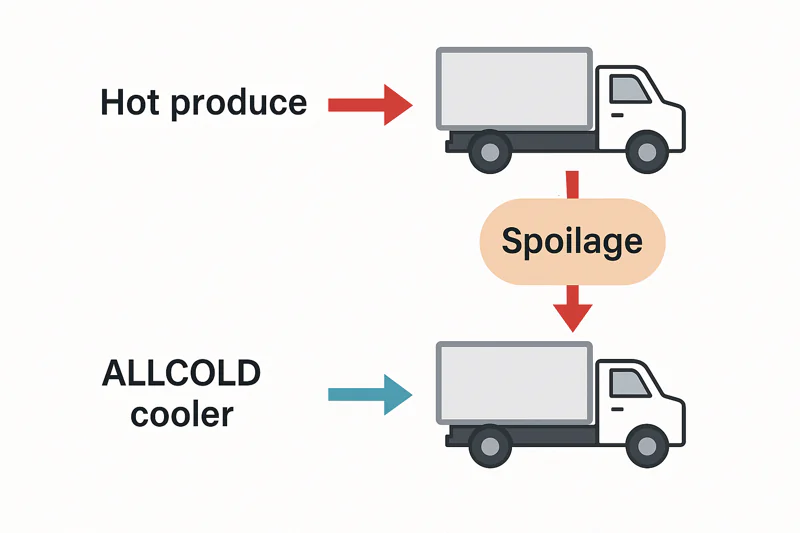
Breaking the Tyranny of Distance
The single biggest mistake in post-harvest logistics is loading hot produce into a refrigerated truck. A truck’s reefer unit is designed to maintain a cold temperature, not to perform the heavy-duty job of removing thousands of kilograms of field heat. When you load a hot pallet, the reefer runs constantly, often failing to cool the center of the load. This creates hot spots, condensation, and rapid decay. It’s why so many long-distance shipments arrive with unacceptable levels of spoilage.
This is the problem a vacuum cooler5 truly solves. It’s not just a cooler; it’s a logistics tool. By pre-cooling6 your entire harvest down to a stable 2-4°C within an hour of picking, you are preparing it for a successful journey. The produce is loaded onto the truck already cold. The truck’s reefer unit can now easily maintain the temperature with minimal effort, saving fuel and wear. There are no hot spots. You have effectively broken the cold chain before it even starts. For a grower like Carlos in Mexico, this means he can now confidently ship his high-quality lettuce to further markets in the US. For a buyer like Norman, it means he receives a consistent, reliable product he can depend on. Pre-cooling transforms your produce from a local commodity into a high-value product ready for a national or even global market.
Conclusion
Vacuum cooling is the most powerful tool for post-harvest quality control. It is an investment that pays for itself by reducing spoilage, increasing shelf life, and opening up new, more profitable markets for your crops.
-
Explore this link to understand how vacuum cooling enhances freshness and extends shelf life for leafy greens. ↩
-
Explore this link to understand how vacuum cooling can revolutionize mushroom preservation and extend shelf life. ↩
-
Learn about the browning process in mushrooms and effective prevention methods to maintain quality and freshness. ↩
-
Explore this link to understand the innovative Hydro-Vacuum Cooling method that enhances freshness and quality in produce. ↩
-
Explore this link to understand how vacuum coolers enhance produce quality and reduce spoilage during transport. ↩
-
Learn about the significance of pre-cooling in maintaining freshness and quality during long-distance shipping. ↩

Mila
You May Also Like

Which Vegetables Benefit Most from Vacuum Cooling Technology?
You see the promise of rapid cooling, extended shelf life, and superior quality, but you’re unsure if this technology is
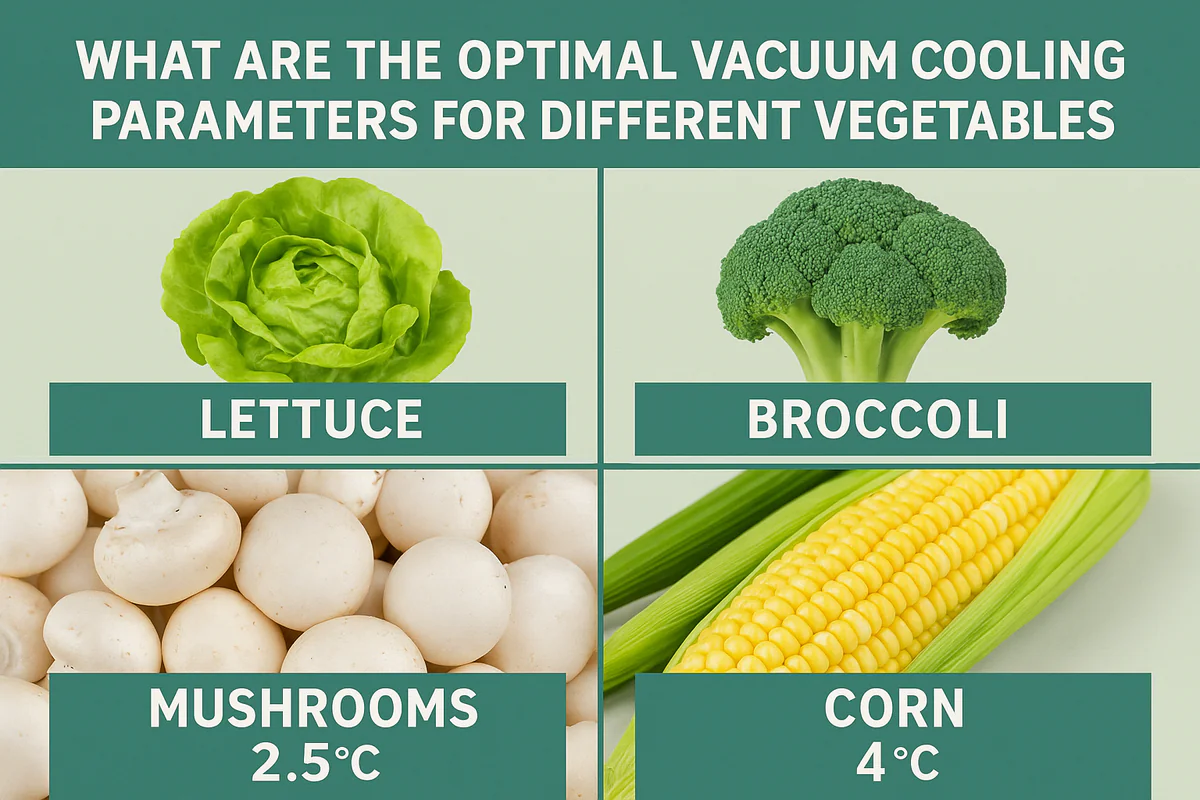
What Are the Optimal Vacuum Cooling Parameters for Different Vegetables?
You’ve harvested beautiful produce, from crisp lettuce to delicate mushrooms. But using a "one-size-fits-all" setting on your vacuum cooler feels
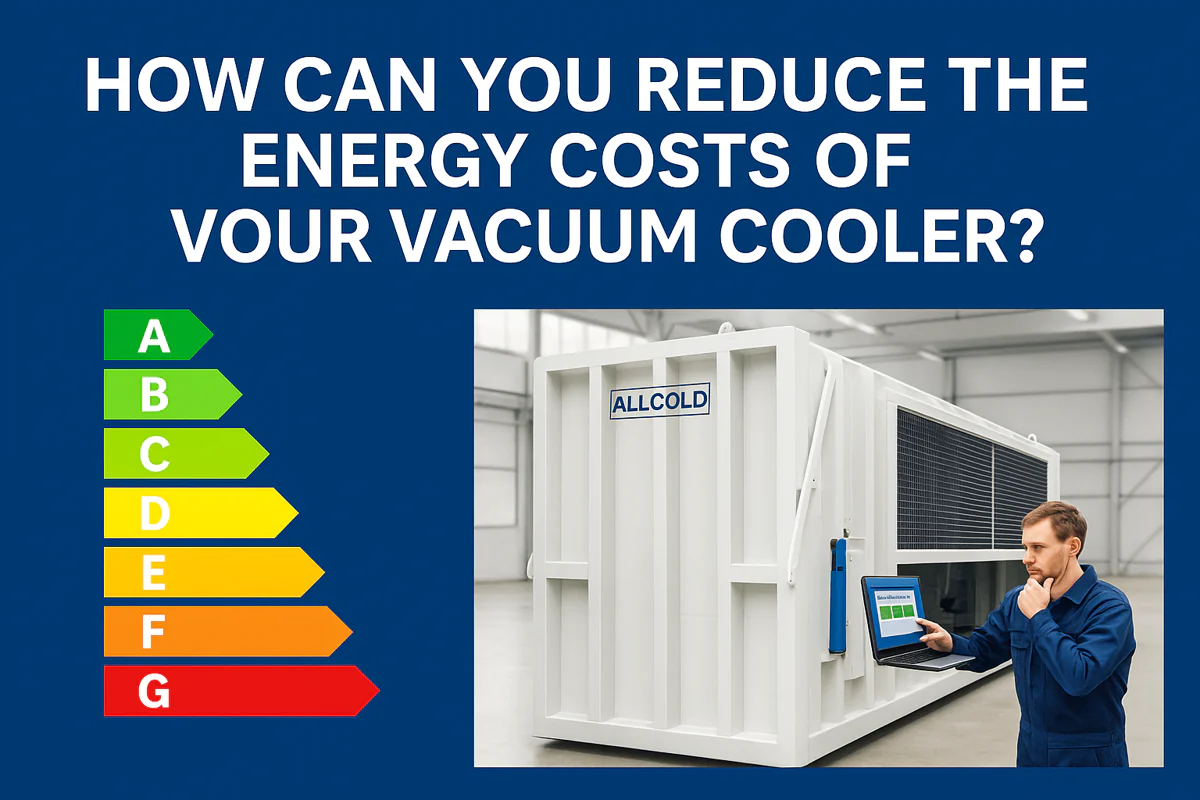
How Can You Reduce the Energy Costs of Your Vacuum Cooler?
Your vacuum cooler is a powerhouse of productivity, but your monthly electricity bill is climbing. You’re starting to wonder if

How Can You Keep Your Vacuum Cooler Running Flawlessly?
Your vacuum cooler is a vital asset, but you’re worried about unexpected breakdowns during peak season. Neglecting maintenance feels like
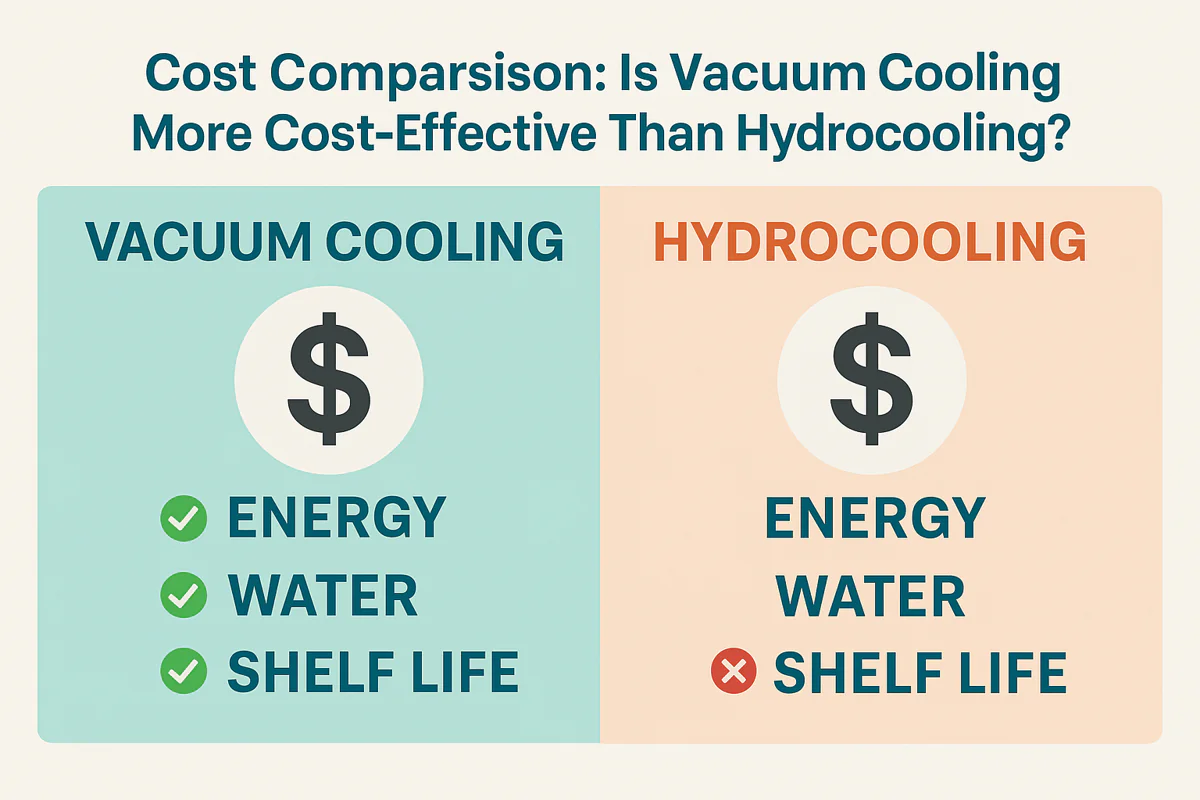
Cost Comparison: Is Vacuum Cooling More Cost-Effective Than Hydrocooling?
Choosing between cooling technologies feels like a high-stakes gamble. You need to lower your operational costs, but the wrong decision
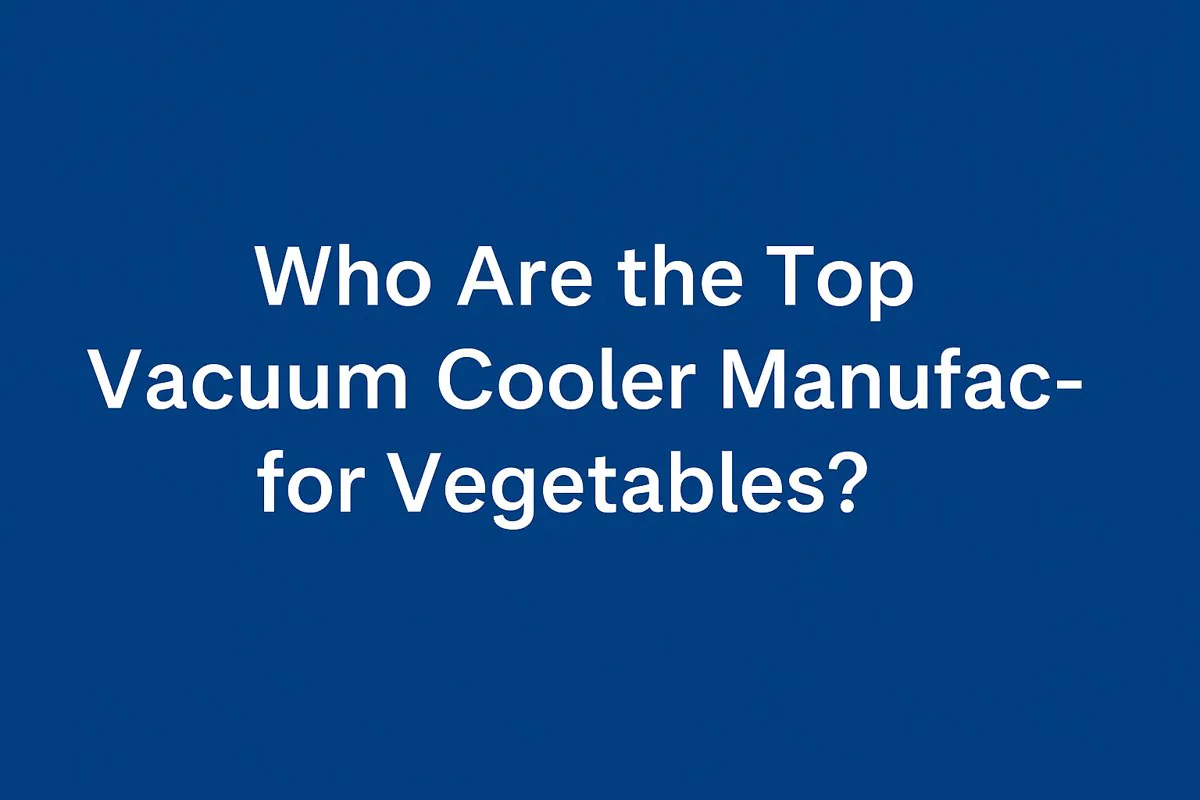
Who Are the Top Vacuum Cooler Manufacturers for Vegetables?
Searching for a list of top vacuum cooler brands can be overwhelming. You’re not just buying a machine; you’re investing
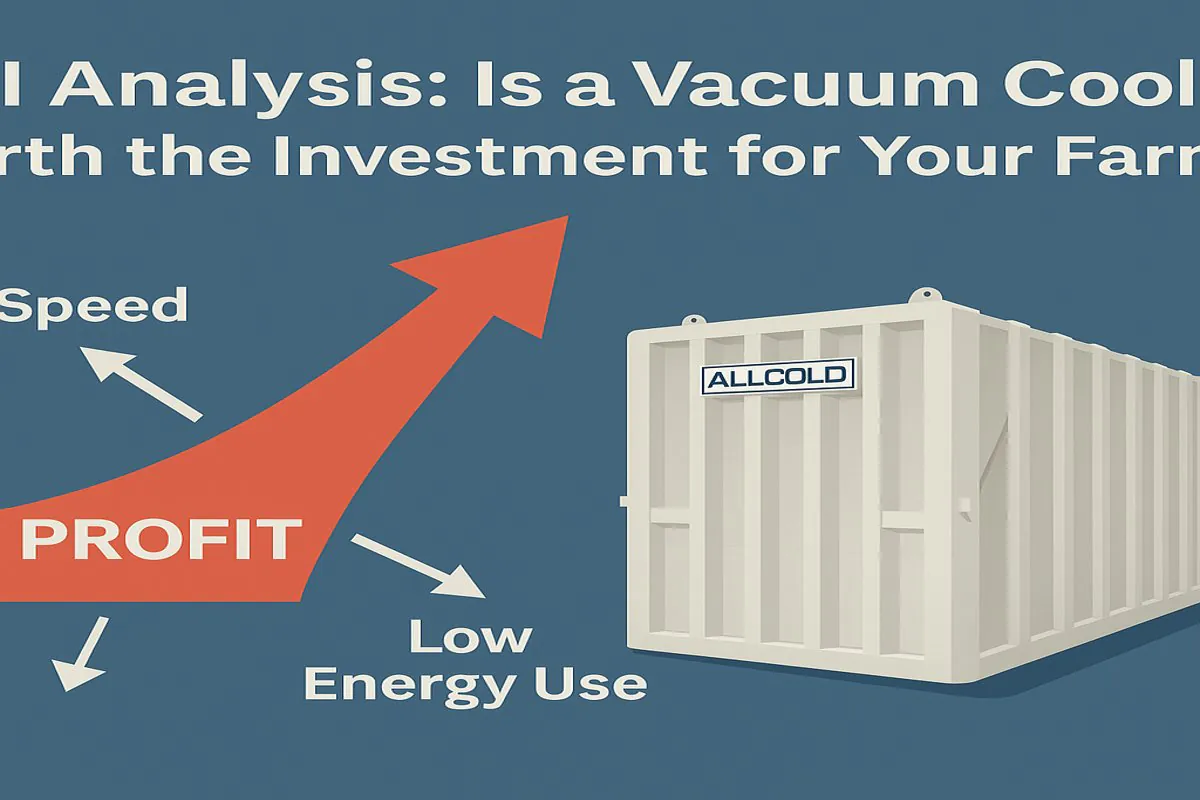
ROI Analysis: Is a Vacuum Cooler Worth the Investment for Your Farm?
You see the high upfront cost of a vacuum cooler and hesitate. But slow cooling methods and post-harvest losses are
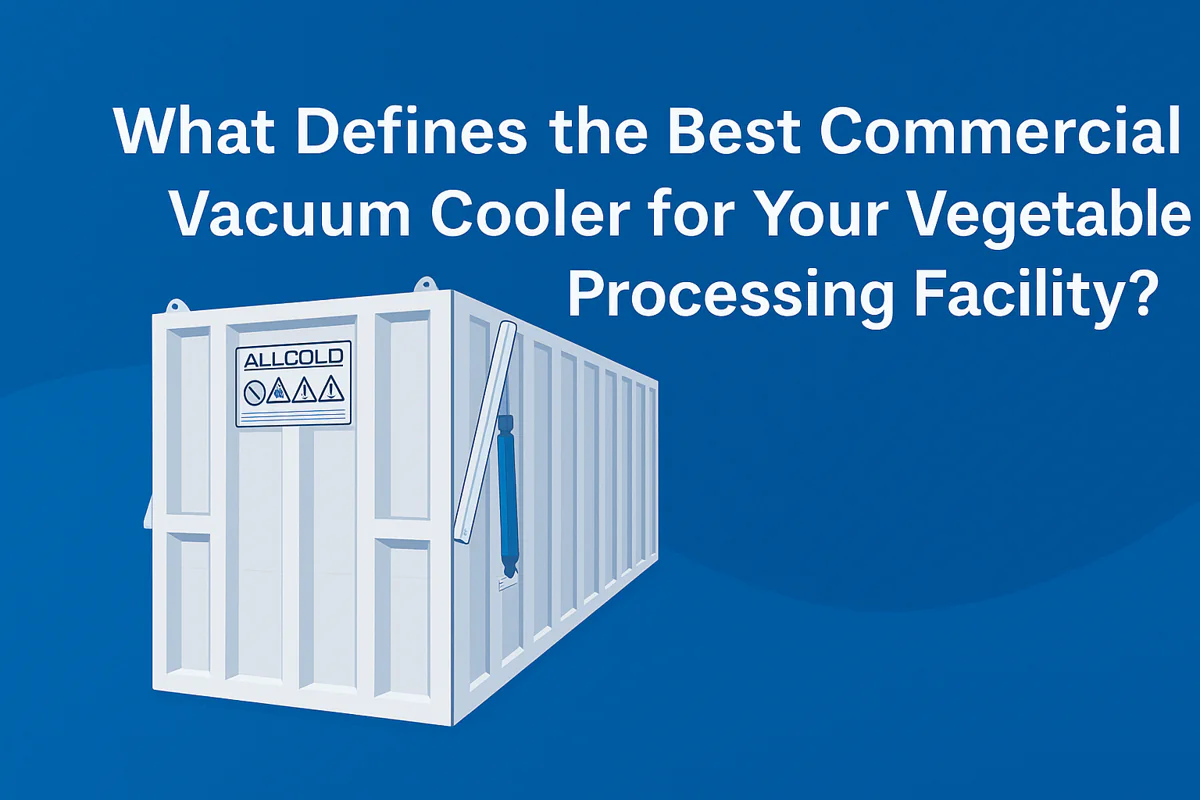
What Defines the Best Commercial Vacuum Cooler for Your Vegetable Processing Facility?
Choosing the right equipment is a huge decision. A slow or unreliable cooler can ruin your harvest’s quality, hurt your
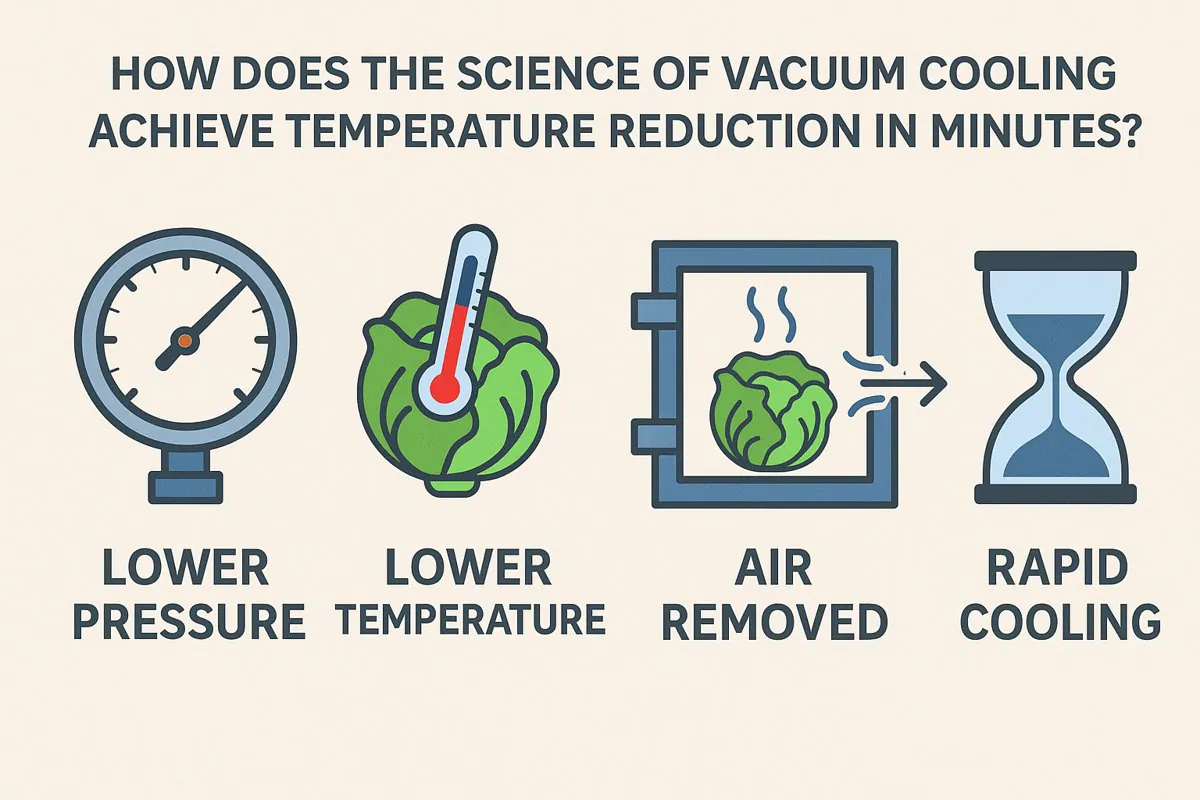
How Does the Science of Vacuum Cooling Achieve Temperature Reduction in Minutes?
You know that field heat is the enemy of fresh produce, but traditional cooling methods take hours to fight it,
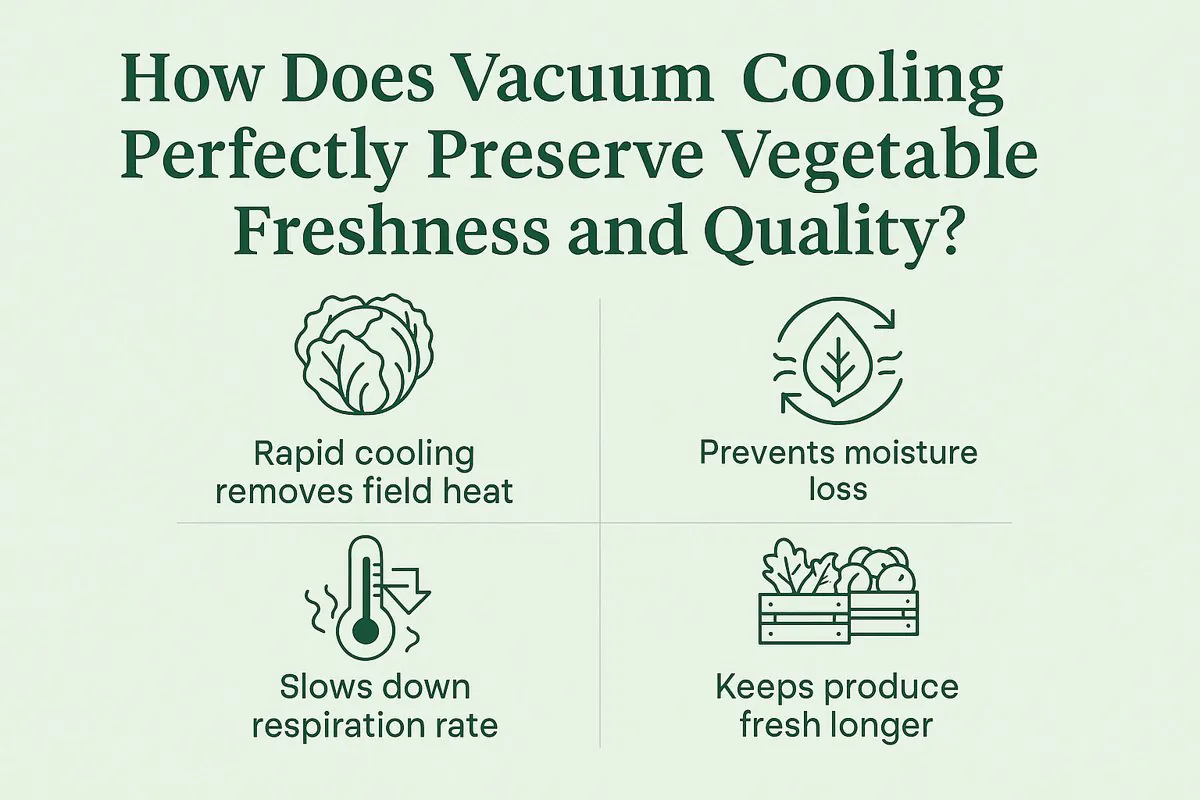
How Does Vacuum Cooling Perfectly Preserve Vegetable Freshness and Quality?
Your vegetables lose freshness with every minute they sit in a slow cooler. This lost time translates directly into lost

